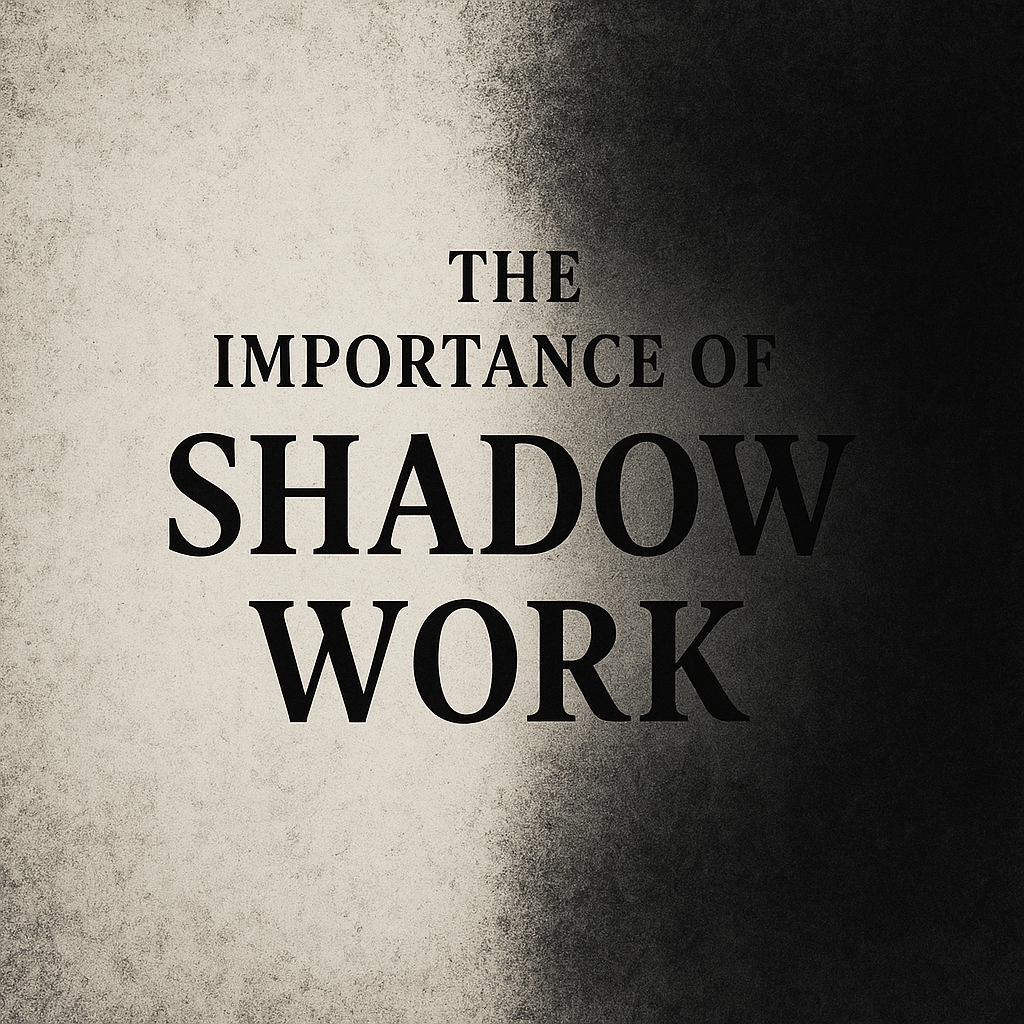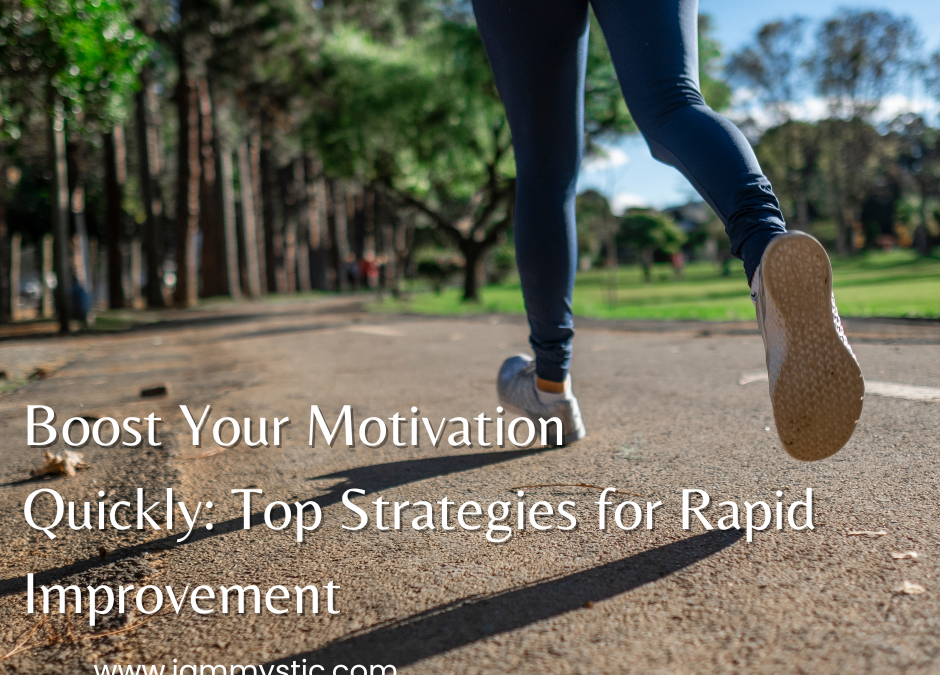The Importance of Shadow Work in Personal Development
Because we all want to be the best versions of ourselves, I want to touch on the importance of shadow work in personal development and growth. We do our best to cultivate our strengths, nurture our passions, and chase our dreams. But what about the parts of ourselves we try to hide? The anger, the jealousy, the insecurities – these are the shadows we push down, hoping they’ll disappear. We subconciously ignore them, sometimes even oblivious to them.
But according to Carl Jung, a pioneer in analytical psychology, these shadows are an essential part of who we are. Shadow work is the process of acknowledging, accepting, and integrating these hidden aspects of ourselves. It’s not about eradicating them, but rather understanding where they come from and how they influence our thoughts, behaviors, and relationships. And is important to work with them as much as it is important to work on our strenghts, dreams, and our light self.

Shadow work is crucial for personal development, and here is why:
-
Deeper Self-Awareness: By confronting our shadows, we gain a richer understanding of who we are. We discover the root of our emotional triggers, limiting beliefs, and self-sabotaging patterns. This self-awareness empowers us to make conscious choices and break free from negative cycles. We can’t break free from the chains we can’t see.
-
Authenticity: Unknokwingly, most of us wear masks, but shadow work allows us to shed them and embrace our true selves. When we accept our flaws and vulnerabilities, we become more genuine and connect with others on a deeper level, as well as opening a door to connect with our own soul.
-
Emotional Mastery: Our shadow often holds our repressed emotions – anger, sadness, fear. By finding and acknowledging these emotions, we can now process them in a healthy way. This leads to greater emotional resilience and the ability to manage our feelings effectively. Consistent shadow will allow us to work with these emotions and triggers so they no longer control us. The ability to master our emotions can only come after being aware of them, being aware of the trigger, and also of how we respond.
-
Improved Relationships: When we project our shadow onto others, it can create conflict and misunderstandings. Shadow work allows us to take responsibility for our own emotions and stop blaming others. This fosters healthier and more empathetic relationships.
-
Unleashing Creativity: Our shadow also holds immense creative potential. By integrating it, we can tap into a wellspring of hidden ideas, emotions, and perspectives that can enrich our creative pursuits.
Shadow work isn’t always easy. It can be uncomfortable to confront our darkness. But the rewards are immense, and that’s why is important. Shadow work is a journey of self-discovery that leads to greater self-acceptance, authenticity, and overall well-being.





Recent Comments